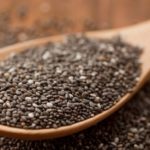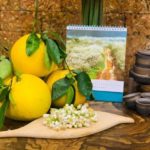The winter fruit market, especially during the lead-up to Tet, is getting increasingly bustling. This is also the season for orange, tangerine, or Thai pomelo. The golden-orange color of the fruits is visually appealing. But even better, you should buy fruits that still have stems and green leaves, as this is the secret of wise housewives.
Orange and tangerine are popular fruits because of their sweet, refreshing taste. They are not only rich in vitamin C and fiber, but also beneficial for the skin in the dry and cold winter. Especially in the winter in the North, when the skin becomes dry and rough, it needs regular moisture replenishment.
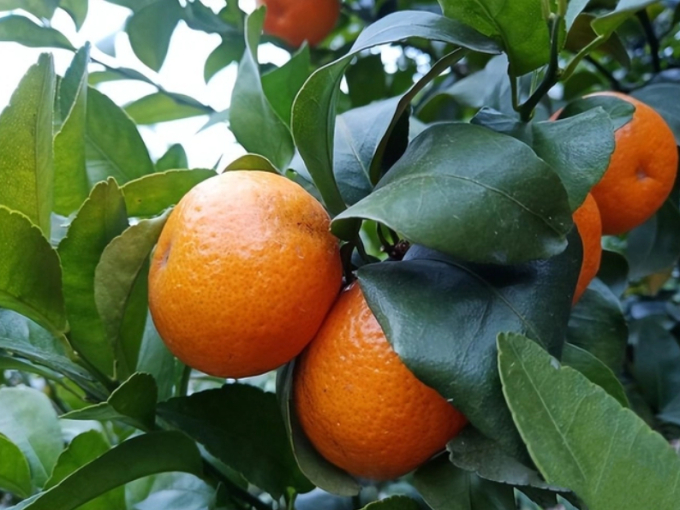
Illustration.
What are the benefits of buying oranges and tangerines with stems and leaves?
Appealing in appearance: The leaves of oranges and tangerines have a deep green color, giving a fresh feeling and adding to the fruit’s attractiveness. This not only helps sellers attract buyers, but also makes it easier for buyers to differentiate between fresh and not-so-fresh fruits.
Preservation effect: Fresh orange and tangerine leaves and stems can extend the shelf life of the fruits and maintain their freshness. They protect the fruits from external environmental influences, such as bacteria and diseases. Oranges and tangerines with intact branches and leaves will reduce water loss in the fruits and can be stored for a longer period. Therefore, when buying these fruits, it is advisable to choose ones with stems and leaves to ensure freshness.
Shock reduction and collision protection: When buying oranges, if you purchase a large quantity, they will be packaged in foam boxes to prevent them from being crushed. However, if you buy a small quantity without foam boxes, having leaves will help minimize collisions that could damage the fruits. Naturally, fruits that are well-preserved will sell quickly at higher prices.
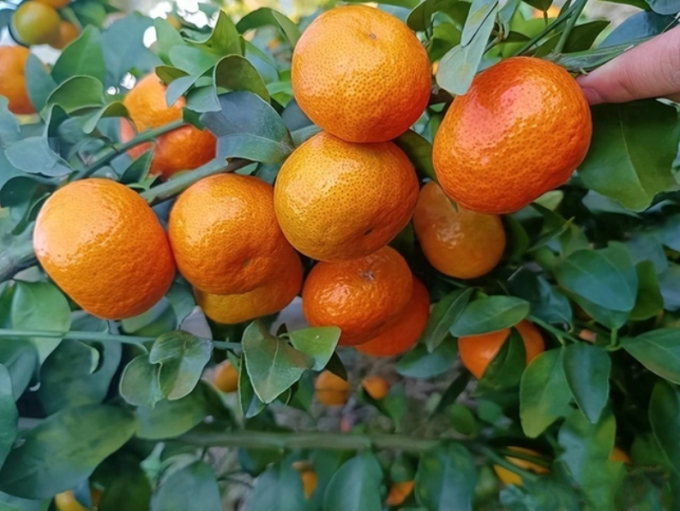
Illustration.
How to choose fresh and sweet oranges and tangerines for good health
1. External appearance: Observe whether the fruits have a plump and smooth outer texture without visible dents or spots. Additionally, they should have a bright orange peel, indicating ripeness. Avoid choosing fruits with shriveled or wrinkled peels, or ones with puncture holes. Fruits without stems and leaves are likely to be less fresh, so be cautious when buying them. They may still be fresh, but not as fresh and sweet as those with stems and leaves.
2. Size and weight: Choose fruits of appropriate size; larger fruits tend to be juicier. Try to select relatively heavy fruits, as this indicates that they contain more water.
3. Aroma: Smell the fruits to see if there is a clear, sweet fragrance, which is a sign of ripe oranges or tangerines. They may also have a subtle refreshing scent of essential oils. Avoid choosing fruits without any scent or ones with a foul odor.
4. Leaves: The leaves of oranges and tangerines should be dark green, healthy, and intact. Yellowing or withering leaves may indicate old or lower-quality fruits.
5. Resilience: Gently press the fruits with your fingers. If they bounce back slightly and are not squishy, it means the fruits are ripe and fresh.
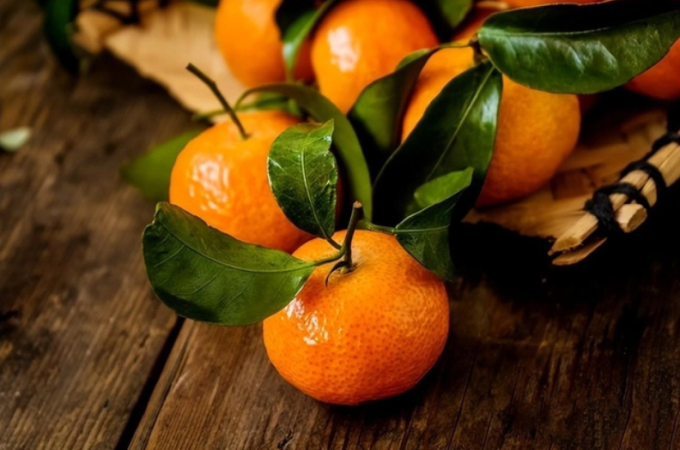
Illustration.
Notes for arranging oranges and tangerines on ancestral altars
During Tet, many people choose oranges and tangerines to place on ancestral altars, five-fruit trays, and guest tables to pray for good luck. When choosing oranges and tangerines to place on the ancestral altars, there are a few things to keep in mind.
– For oranges and tangerines placed on the ancestral altars, it is necessary to select freshly picked fruits with intact stems and vibrant leaves. Since incense is burned on the altars, the leaves may wither quickly, so it is best to choose the freshest fruits.
– Oranges and tangerines placed on the ancestral altars should ideally have complete branches, which will create a sense of abundance and plenitude. If they are not available, loose fruits can be used, but make sure to include stems, leaves, or young buds, as well as beautiful flowers.
– Absolutely avoid displaying withered or moldy fruits on the ancestral altars, as well as fruits without stems or with damaged peels or puncture marks.
Source: Phụ nữ mới (New Woman)
The Origin and Meaning of Lunar New Year: Exploring the Celebration
The vibrant and joyous celebration of Lunar New Year is a festival steeped in tradition and held dearly by the Vietnamese people. This article will explain to you the rich history and symbolism behind this important event – Tet!
























